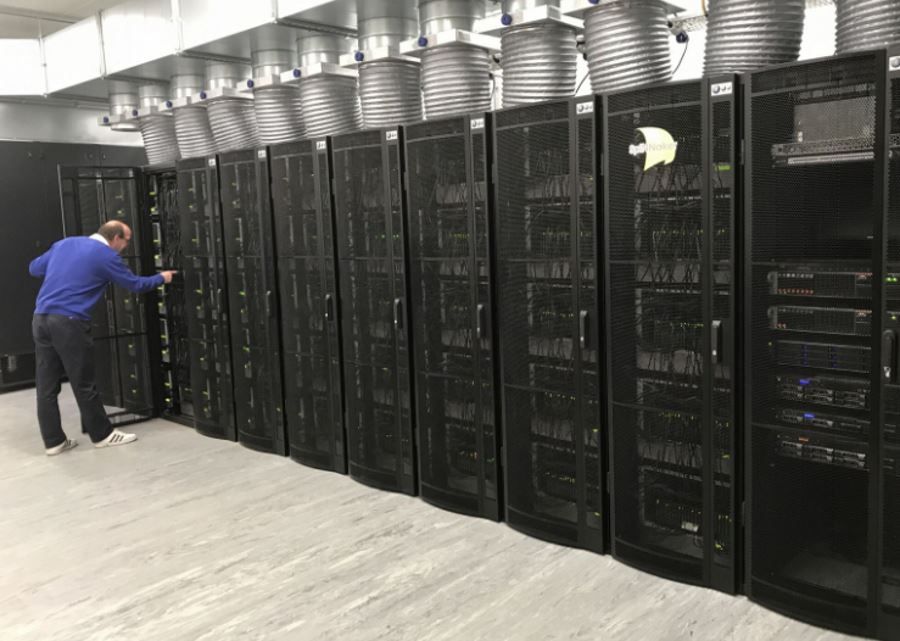Computer with a million cores to mimic the human brain
A supercomputer designed to mimic the human brain is ready to go. SpiNNaker, as the machine is called, is powered by one million cores and is capable of performing up to 200 trillion operations per second.
Spiking Neural Network Architecture, in skr of SpiNNaker, the world’s largest neuromorphic computer. It’s the kind of machine that ra mimics the work of the human m It is supposed to work in the same way b, as our m zg.
The SpiNNaker was built by scientists from from the University of Manchester. It consists of a million cores and can perform up to 200 trillion in operations per second, which means it can create more neuron models in real-time biological than any other machine ever built.
– Its primary purpose is to aid in the partial modeling of m zgu. For example, modeling the cortex of m The core, the basal nucleus and many other regions – said Professor Steve Furber of the University of Manchester.
The project cost 15 million in the pound . Conceptual work took nearly 20 years and construction another 12. Its construction began in 2006. The project is supported by the Human Brain Project run by the European Union. SpiNNaker was first launched in 2016, but at the time it only had 500,000. cores. It has now been upgraded.
It should be noted that there are computers that re have a larger number of cores, but the Manchester project is The SpiNNaker architecture works in a similar way. Unlike traditional computers SpiNNaker does not communicate by sending large amounts of information from point A to point B over a standard network. Instead, it mimics the way b communication that occurs in the m by sending small amounts of information to the r of different destinations at the same time.
In a human m There are about 100 billion in the neuron . This basic com m of a zgu, able to simultaneously transmit signals to thousands of destinations. The SpiNNaker architecture works in a similar way b and supports communication between processors. Everything will work in the same way b, as in human m zgu.
– Conventional supercomputers have communication mechanisms that The supercomputer is much less suited to modelling stars of a real-time algorithm. I think SpiNNaker is capable of modeling larger neural networks in real time than any other machine – explained Furber.
Previously, when SpiNNaker ran with only 500,000 cores, it modeled 80,000 neuron in the cortex in the world. Now it has much more potential, although its tw and researchers are aiming to model up to a billion neurons in real time, which is 1 percent of. scale of the human m zgu. Now they’re one step closer.
– SpiNNaker is completely changing the way b thinking about computers. Essentially, we have created a machine that ra works more like a m than a traditional computer, which is very exciting. The ultimate design goal has always been one million cores in a single computer for modeling applications m of the planet in real time. This goal has just been achieved – noted Furber.
SpiNNaker will be especially useful to neuroscientists. It will enable them to better understand the workings of our m zgu. This will be possible by creating very large simulations in real time, which that are simply not possible on other computers. The supercomputer has the potential to make many breakthroughs in science.
– Scientists can now use SpiNNaker to learn about some of the re the secrets of human m and perform unprecedented large-scale simulations. The supercomputer operates r also as a simulator, which will allow the design of neural networks – explained Furber.
